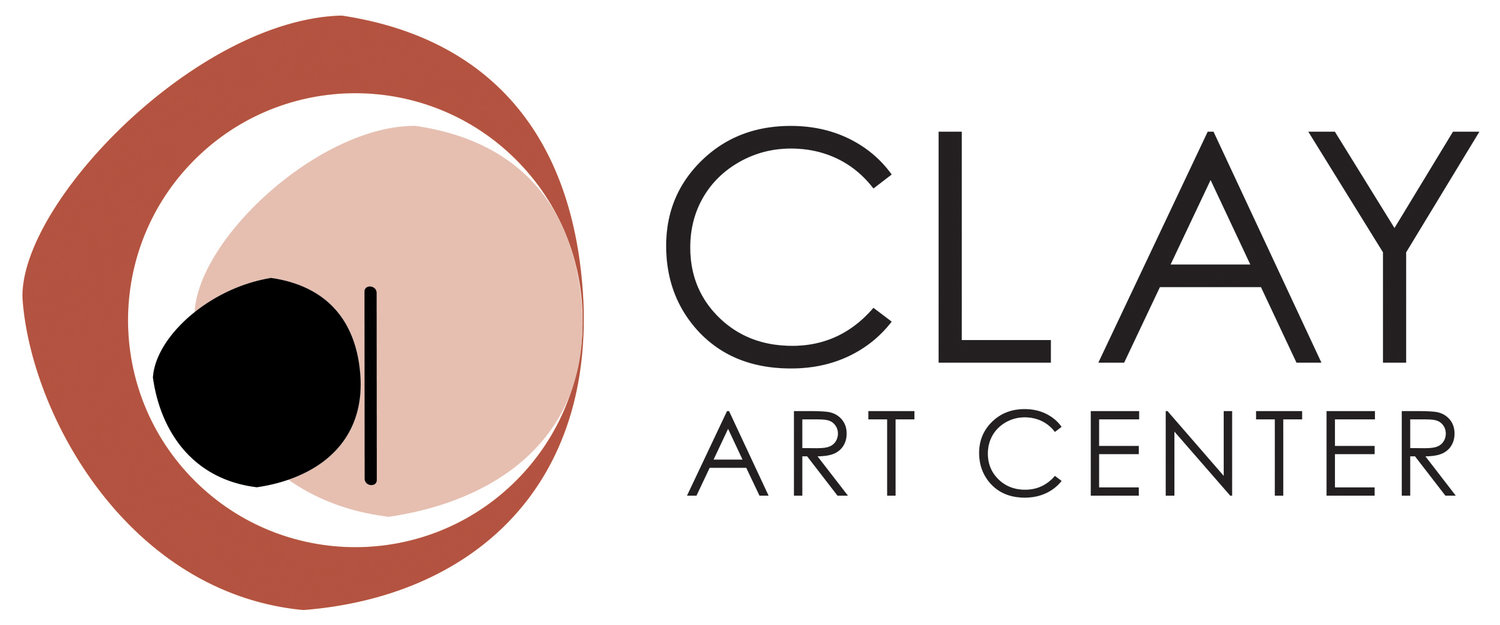Hatsumi Suyama Finds Calm in the Details
Hatsumi Suyama is known for her intricate, hand-painted porcelain work made with the traditional Japanese Sometsuke technique.
Hatsumi Suyama’s signature work can be easily identified: her delicate, even translucent porcelain cups, plates, and bowls are carefully hand-painted with detailed designs that bring the natural world to life. Born and raised in Japan, Suyama came to the United States when she was in her early 20s, and initially learned Western-style pottery. It was not long before she became interested in the traditional techniques of Japanese design and surface decoration, including Sometsuke, or the technique of hand-painting cobalt blue designs on white porcelain. Suyama is one of the featured artists at Clay Art Center for Asian American and Pacific Islander Month, and she shared more about her influences and ceramics.
Suyama has always been artistic; she remembers drawing being her favorite childhood activity, and making handmade objects from an early age, such as embroidered handkerchiefs and crocheted vase holders. Then, when Suyama was in college in Japan, there was a national resurgence in historic crafts. “There was nation-wide boom for traditional handmade craft,” Suyama states, “and I found myself attracted by textiles and ceramics. Soon hand weaving became my first craft experience. When I went to university in California, I majored in textile design.” A weaver first but always an admirer of ceramics, Suyama was inspired to try potting after meeting teacher Jeanne Carreau at a parent meeting at the Japanese Weekend School when Suyama’s son was in the first grade. According to Suyama, the rest is history: “After I learned that she held pottery lessons at her home, I immediately decided to try making pottery. A couple of years later, Jeanne Carreau decided to teach at the Clay Art Center. So, I moved with her to continue learning pottery.” In addition to taking classes with Jeanne Carreau, Suyama also credits Reena Kashyap and Keiko Ashida with supporting and guiding her progress as an Associate Artist at Clay Art Center.
As her ceramic skills continued to build, Suyama returned to long-treasured sources of inspiration. “I have been always fascinated by old Japanese pottery,” Suyama says, “Going to museums, buying art and craft books and collecting antique pottery are activities that I have been enjoying for years. When I find some specific colors and forms I really like, I experiment to reproduce the original pieces or transform them into something new.” Suyama is also fascinated by the plant forms she cares for in her garden, which she spends many hours in each growing season. Most of her porcelains feature flower designs and motifs grown right in her garden beds.
Many visitors and artists alike are surprised to realize that Suyama’s work is all hand-painted, without the use of any transfers. Her elegant porcelain pieces feature minutely detailed designs that come to life on the surface, a testament to Suyama’s dedicated study and her love of drawing from childhood. She also pointed out that the painstaking work is not so painful for her, given her background as a weaver: “I was a hand weaver before becoming a potter. So repetitive work is not painful for me. Even though painting small patterns seems very difficult to some people, if you cut out small sections and focus on certain areas, it is not as difficult as it seems. It is almost like stacking bricks one by one to build a house. Concentrating one section at a time, you eventually finish building a nice house. It is a calm meditating process for me if there are no deadlines.” While the hand-painting is calming without deadlines, Suyama adds that the deadlines can be helpful when they push an artist to commit to making. Her shop feature for Asian American Pacific Islander Month provided Suyama with just that, a push to make more. “I am very thankful for this opportunity as I rediscovered my joy of making ceramic pieces,” Suyama says, “Since my lifestyle has changed over the years, I find myself spending much less time working in my studio and making only handful of pieces for the holiday sale. However, given this opportunity, I went back to production mode and really worked hard for a couple of months. During this period, I really enjoyed designing patterns and painting blue underglaze on bisquewares again. Ideas for new projects are coming up, too, and I am hoping to keep good work pace throughout this year.” We are looking forward to seeing what Suyama makes next!
Finally, we asked Suyama to give a piece of advice for ceramicists just starting out, and she had this to share, ”All I can say is ‘Make what you really like.’ One day when you look at all the pieces you created, and you will find yourself in your own works. This happened to me many years ago and I found myself feeling happy about it. I hope that you would find the same happy feeling.”




